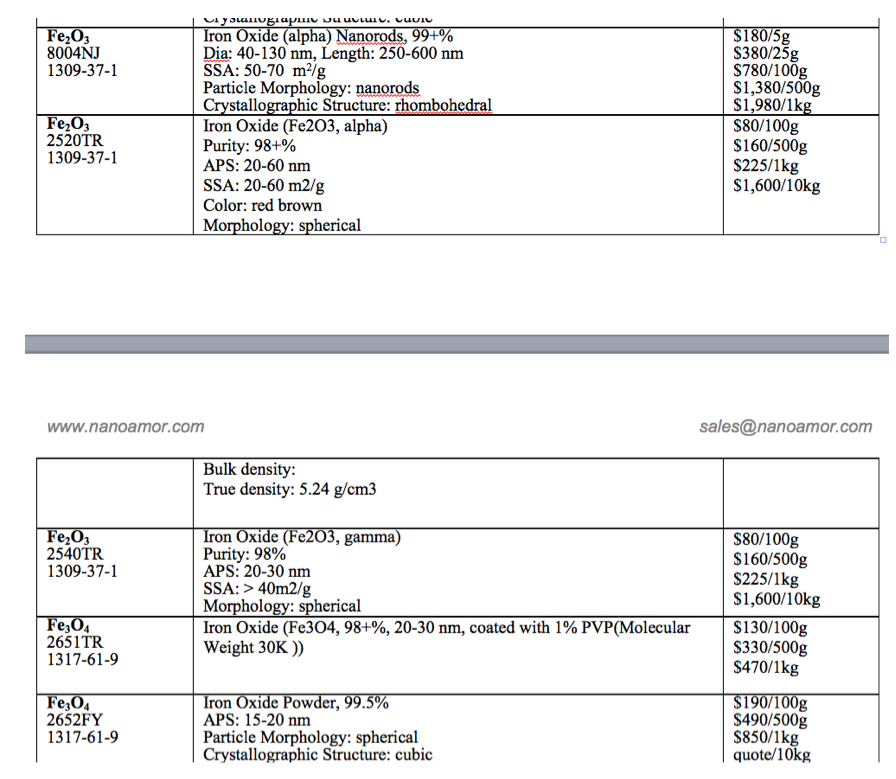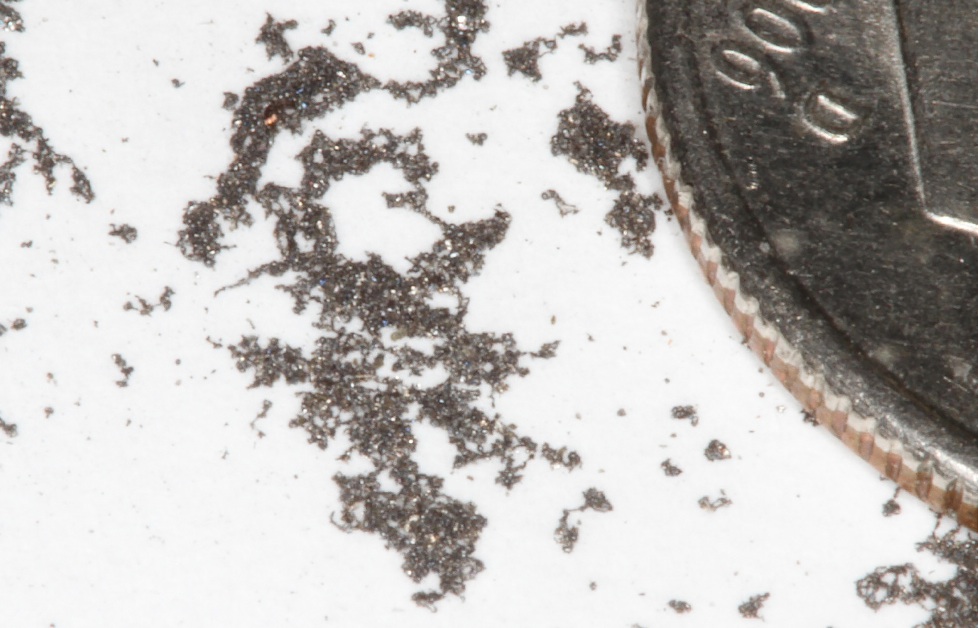A) It was not a typical office fire.
B) He did not say by weight. It seems more likely to be by number. Particle frequency.
C) There are no comparisons given to other fires, so how do you know how unusual it is?
A) You're right. It was not a typical office fire.
B) I'll look into this. My understanding was that it was % by weight, though I may be mistaken.
C) True. I don't know how unusual it is. But here again, it seems rather dismissive to suggest that because we don't have a good baseline for these particles in other fires that we should not look for a good explanation for them.
Do you want to know where these particles came from? There must have been a source of iron (or steel) and a source of energy. There's no shortage of steel in available materials, but if there is elemental Fe, then structural steel was almost definitely not the source--or if the steel was the source, the energy necessary to liberate carbon is also immense.
Either way, there is a thermodynamic gap. That is, where did the energy come from to do all the work required to make tons of ms, pulverize the concrete and asbestos and create the other high temp phenomena like vaporized lead and molten concrete? This is the crux of the problem with unifying all the evidence: the energy gap. Even more certain death and taxes are the laws of thermodynamics. Nothing happens for free. If metal melted, then we can guarantee that slightly more energy than is necessary to melt it was present.
Here's another thought that seems to be strained out of every debunking discussion I've seen on this: is it reasonable to theorize that whatever process created the Fe microspheres was likely from the same cause? Even if it turns out NOT to be true, wouldn't it make sense to look for a process that's responsible for the majority of the ms?
So let's take a look at some of the theories:
1. Steel wool--tons and tons of it.
No one is pushing this, just as a demonstration of the possibility that iron need not reach 1750C to melt.
2. Friction events--as the buildings collapsed, metal-on-metal plus gravity caused sparks and thus created the ms.
Although I do not doubt that metal scraped against metal in the collapses, this theory is not backed by the evidence. Ten to 100 tons of microspheres are estimated to be in the WTC dust. Show me an experiment that comes close to demonstrating this phenomenon on a proportional scale or we can safely put it on the back burner--as maybe a tertiary source of ms, a small percentage. But until it is demonstrated to produce serious amounts of Fe ms, it's just not tenable.
3. Electrical arching--electrical shorts produced high-voltage arcs and came in contact with steel support beams and created massive amounts of iron ms.
This theory should be explored. I haven't seen much on the XEDS maps of ms created from electrical arcs compared to those in the WTC dust, but it is definitely a worthwhile line of inquiry.
4. Thermitic reactions--a highly engineered nano-energetic compound was placed in the building before the attacks, and remotely ignited leaving Fe-based microspheres as a by-product.
The material found and studied by Harrit, Jones and Farrer does appear to be a highly-engineered substance. It produces Fe ms when ignited. The ms studied from burning the found chips has a very similar chemical signature to those in the WTC dust. It is an alumino-thermic reaction, which we know the low-tech version can produce temperatures in excess of 4000F. There are many questions about the mechanics of the collapses and the various pieces of evidence for high-temp reactions that this theory handles fairly well--much better than simply dismissing the evidence as "unreal" in one form or another. In a word, this is the most powerful explanatory model that exists presently. The biggest problem with this theory is the psychological leap it takes to imagine that a small group of contractors could do such a thing.



